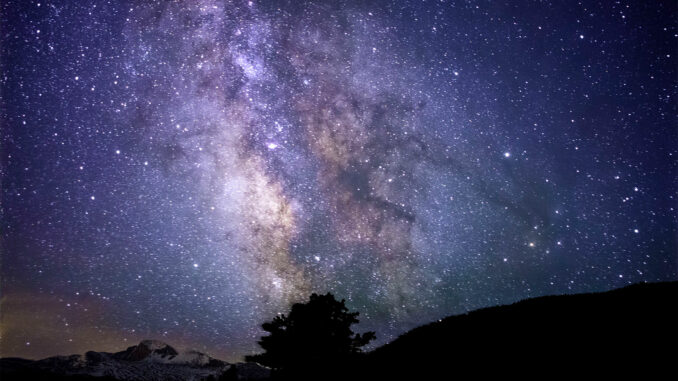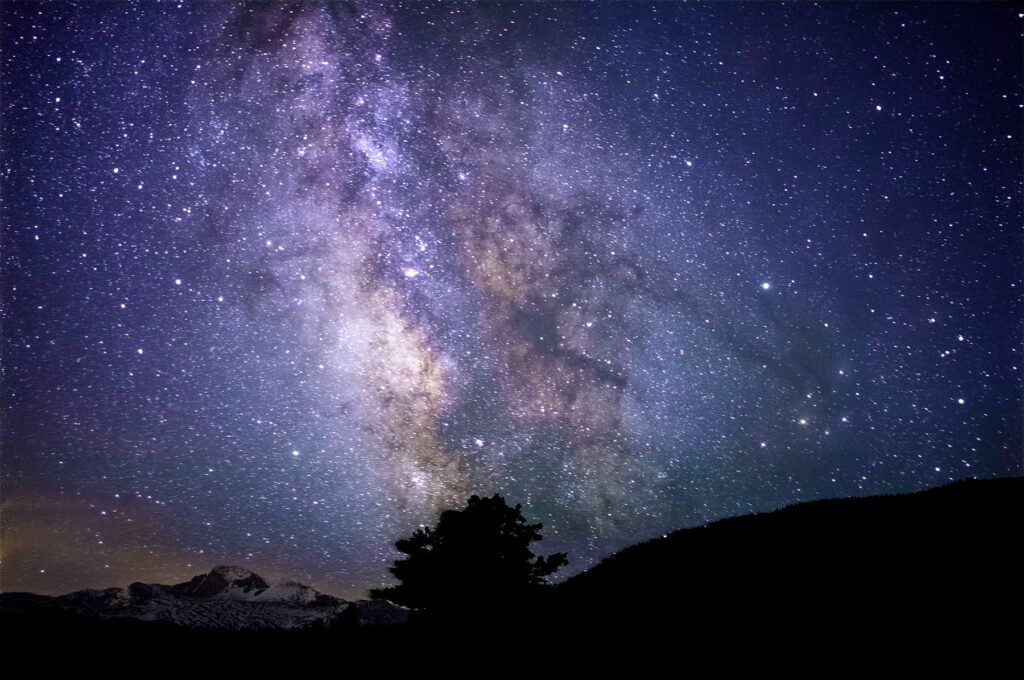
China’s Qianfan satellites are disrupting astronomy with their brightness, exceeding recommendations and raising questions about the impact of low-orbit constellations.
A recent study of Qianfan satellites reveals that they are much brighter than satellites in Western constellations, posing a problem for astronomical observatories. Reaching magnitude 4, these satellites could disrupt naked-eye astronomical observations and exceed professional recommendations of magnitude 7. Solutions are being sought to minimize this impact, as China continues to deploy this constellation to potentially reach 14,000 satellites.
Impact of the brightness of the Qianfan satellites on astronomical observations
The Qianfan satellites, with a magnitude of up to 4, are visible to the naked eye when observed almost vertically. This brightness clearly exceeds astronomers’ recommendations of magnitude 7, the threshold beyond which interference with ground-based observations increases significantly. By way of comparison, the limit of visibility for the naked eye is magnitude 6 in dark skies, and the Qianfan satellites exceed this when they are above 30 degrees elevation.
Direct consequences for astronomy include increased light pollution, which disrupts astronomers’ ability to observe faint celestial objects, particularly when observing distant galaxies or studying the evolution of stars. This interference occurs mainly during twilight and aurora, when satellites are most likely to reflect sunlight.
Satellite configuration and design
Qianfan satellites are equipped with solar panels and flat antennas oriented towards the Earth, contributing to their high luminosity. This type of design can also be seen on SpaceX’s Starlink satellites, although the latter have incorporated modifications to reduce light reflection, such as the addition of dark visors. It is estimated that each Qianfan satellite could reflect around 10-15% of incident sunlight, compared with less than 5% for Generation 2 Starlink satellites.
The design without reflection mitigation measures increases the likelihood of visual and radio disturbances, with impacts on radio astronomers, who have already reported low-frequency interference. For comparison, SpaceX has reduced the light emission of its satellites by integrating absorbing materials and anti-reflection coatings.

Consequences of the multiplication of low-orbit satellite constellations
Massive satellite constellations, such as Qianfan and Starlink, are intensifying the challenge of preserving the night sky. With over 14,000 satellites planned for Qianfan, astronomers could face a significant increase in light pollution and radio interference. Earth-based observatories risk seeing their observations polluted, compromising data quality and the accuracy of scientific discoveries.
Radio astronomy observatories are particularly vulnerable. In September, it was reported that the Starlink “v2 mini” satellites were generating interference in several frequency bands between 56 and 161 MHz. These emissions are mainly unintentional and linked to the satellites’ electronic components, demonstrating the importance of rigorous frequency regulation and better design to avoid unwanted emissions.
Mitigation strategies and the role of international regulation
Initiatives to reduce the impact of low-orbit satellites include optimizing satellite design, improving absorbing materials, and implementing frequency restrictions to limit unwanted emissions. Discussions led by the International Astronomical Union and other bodies could lead to the adoption of international standards for satellite light and radio emissions.
International negotiations could play a crucial role. At a session in January with the United Nations Commission on the Peaceful Uses of Outer Space, representatives addressed limited discussions with Chinese authorities. This type of collaboration could encourage preventive measures on the part of satellite manufacturers and operators to reduce the impact on scientific observations.
Perspectives and implications for future astronomy
Faced with this expansion of satellite constellations, the scientific community is calling for greater awareness of the risks to astronomical research. Satellite operators could be encouraged to adopt stricter environmental standards, not only to protect the night sky, but also to ensure the sustainable development of space.
Astronomers are concerned that future generations of satellites, without significant modifications, could jeopardize decades of research. Investments in brightness mitigation technologies and regulatory measures could ensure a balance between the growth of the telecommunications sector and the preservation of terrestrial observation capabilities.
War Wings Daily is an independant magazine.